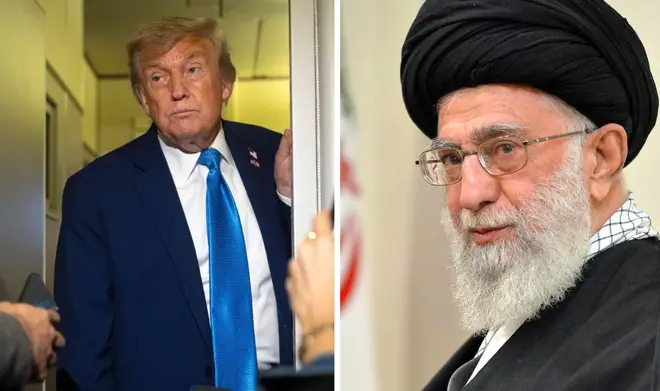
Former U.S. President Donald Trump stated that the latest airstrikes on Iran’s nuclear sites were a total success, insisting that the nation’s nuclear infrastructure has been “completely destroyed.” He additionally commended the current ceasefire between Israel and Iran, describing it as a diplomatic success and a move toward regional harmony.
Nonetheless, early evaluations from U.S. intelligence agencies depict a contrasting view. Initial reports indicate that the airstrikes—while very coordinated and effective—resulted in only partial damage to essential Iranian nuclear facilities like Natanz, Fordow, and Arak. A significant portion of the underground infrastructure is still intact, and Iran possesses the technical ability and uranium reserves to resume its nuclear program if it decides to do so.
In spite of these results, Trump reaffirmed his stance in a recent address, stating:
“We struck them forcefully.” Their nuclear initiative is complete.”Iran ought to take advantage of this chance for tranquility.”
Iranian authorities have dismissed the U.S. perspective, labeling the assaults as “acts of aggression” and claiming that their nuclear program is still “operational and robust.” In a major reaction, Iran’s legislature passed a decision to halt collaboration with the International Atomic Energy Agency (IAEA), restricting global monitoring of its facilities.
The ceasefire, allegedly facilitated by Oman and Switzerland, continues to hold at this time. Nonetheless, experts caution that the circumstances are still delicate.
Although Trump has presented the situation as a clear-cut American triumph, the truth seems more intricate—prompting fears of possible future conflict.
Experts contend that in the absence of true diplomacy, this momentary tranquility might merely precede another crisis in a region that is already unstable.
